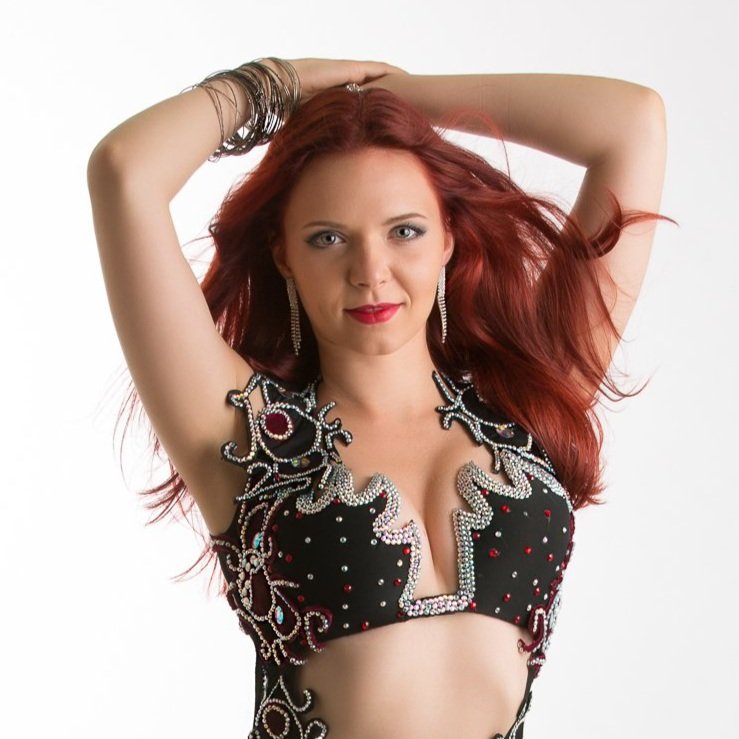Tips for Self Video Recording
Practicing in front of a mirror is good, but seeing yourself on video helps identifying mistakes and weaknesses way better. But for some of you it may be too intimidating: how to do it properly? what equipment to use? I don't think it's for me because I'm not good with technologies...
You know I'm a huge fan of incorporating self video recording into your individual training. Practicing in front of a mirror is good, but seeing yourself on video helps identifying mistakes and weaknesses way better. I know that for some of you this is already a regular habit, but for others it may be too intimidating: how to do it properly? what equipment to use? I don't think it's for me because I'm not good with technologies...
So, here are a couple of tips that I use in my own practice to make the best out of the self video recording:
Equipment: don't worry, you don't need any fancy camera nor tripod. Of course, if you have one, and if you are not lazy to set it up every time, lol, then definitely use it. But I honestly often prefer to simply use my phone. It's right here, it's easy to use, and I'll be able to see the video and analyze my mistakes right away. Also, I won't have to use a tripod every time. The easier the process is, the less resistance you'll experience.
Positioning: as I've already mentioned I typically don't use a tripod: too heavy to cary, too long to set up, etc. Usually I use a chair that, if necessary, I put close to the wall. I want my phone to be elevated and as much in vertical position as possible. Sometimes you'll need to be creative with whatever items you have around you. One time I used a square-shape glass that was low enough to not cover the camera, but held my phone vertical. The main point is to stop finding excuses of why it's not possible, and that you need to find a perfect angle right away. Just start. You'll see if it didn't work, and then adjust the next time. That's it.
Put your phone on a do-not-disturb mode. There is nothing more annoying than getting a phone call that interrupts your video recording. Well... to be honest there is one thing: it's running out of space, lol. So make sure your phone's memory os not completely full.
Think about your sound system in advance. You can't play music from your phone and use it as a camera at the same time. If you are practicing at home, you can use your laptop to play the song. But if you are going to the studio, it may be too boring to cary your laptop every time. At least, it was for me, lol. Think about some convenient device, like another old phone, or iPad. I actually bought specifically for this purpose a 3-dollar mp3 player that I can easily connect to the speakers at the dance studio. It's very basic and old-style but it does the job: I literally have there only 3-4 songs that are focus of my practice, and most likely I'll want to record myself dancing to them. It's light, small, easy to carry, so problem is solved.
Turn your camera on first, then your music. You don't want to rush right in the beginning of your dance because there were too many buttons to press. If your song has a long enough intro - great! If not, play last 20-30 seconds of the second prior to the one you actually want to record. Or put your main song on auto-repeat, and play it from the end. Basically you want to give yourself enough time to get to the beginning point of your choreography.
Watch the video only AFTER the practice is done. Having your phone around can be a great distraction to the training flow. Since I don't want to waste time, nor to loose my focus during the training, I only allow myself to video record at the end of my training session. Then after watching the video I can come up with a better plan for my next training sessions: focus more on hip drops, clean this part of choreo, etc.
If you enjoyed this article, don’t forget to like and share! :)
Author: Iana Komarnytska
Photographer: Pedro Bonatto
YOU MAY ALSO LIKE:
LISTEN TO THE BELLY DANCE LIFE PODCAST:
About Iana
Iana Komarnytska is a professional dancer, teacher, choreographer, and passionate content creator helping dancers navigate their dance lives.
She is a graduate from the professional dance program at York University (Canada), host of the Belly Dance Life podcast, creator of the Iana Dance Club, author of numerous articles, and winner of Star Bellydancer Canada 2014 among other international competitions.
Along with belly dance, Iana performs and teaches Persian Classical and Turkish Romani dancing. She is the first choreographer to start using Triple Isis wings, and since 2012 this is one of her style signatures.










How to be more accountable and stop finding excuses of being too busy, or too tired, or simply postponing your dance practice for later?